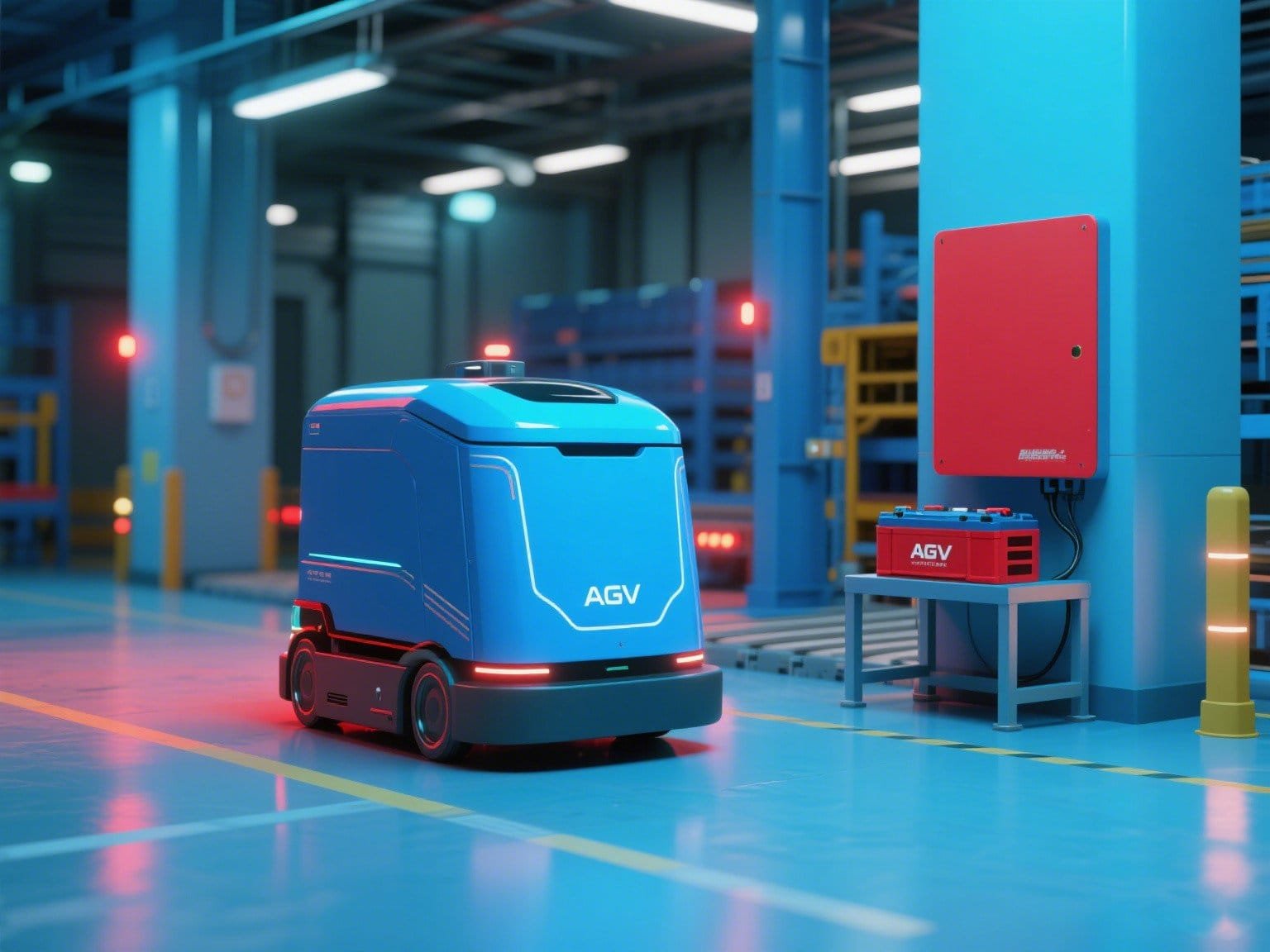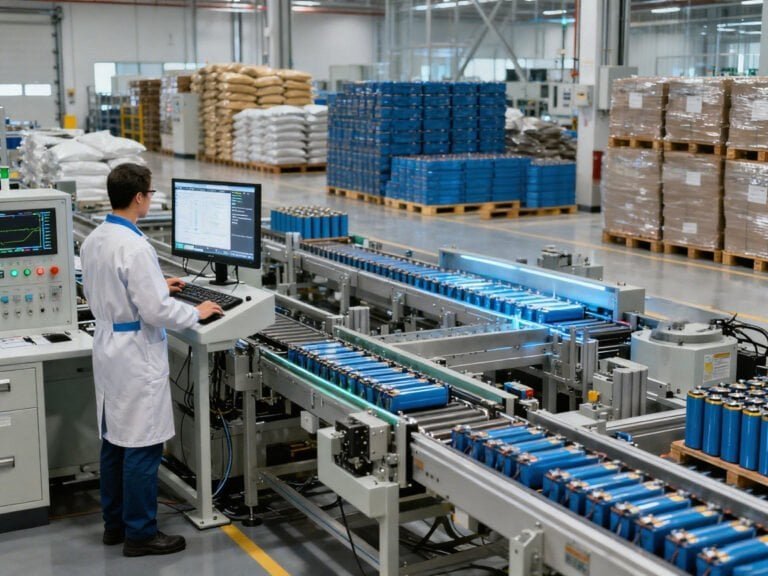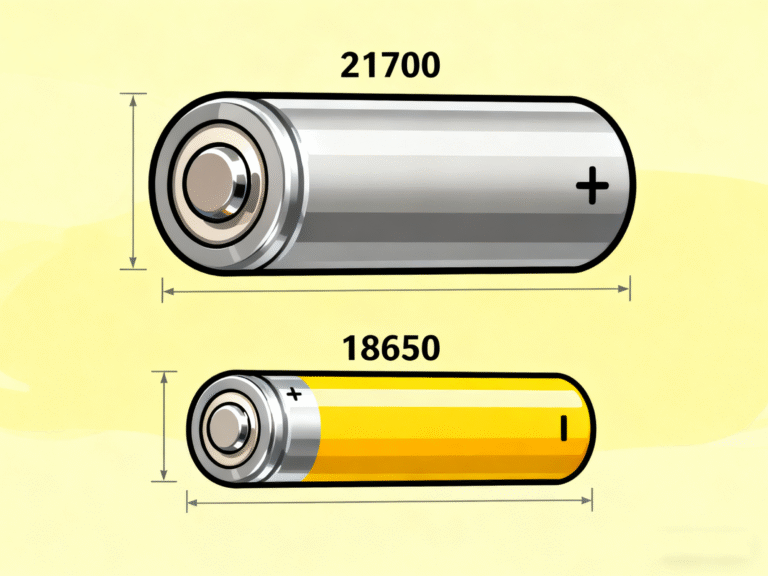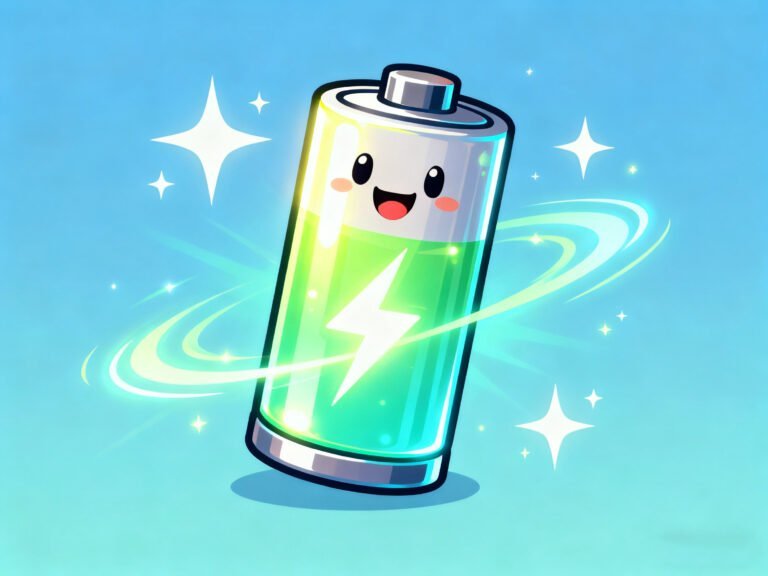As Automated Guided Vehicles (AGVs) become increasingly prevalent in manufacturing, logistics, and warehousing, selecting the right battery is crucial for optimizing operational efficiency. Different types of AGV batteries vary significantly in performance, lifespan, and cost—so how do you choose the best solution? This guide provides expert recommendations to help you make an informed decision.

Main Types of AGV Batteries & Their Features
The most common AGV batteries on the market include:
Lead-Acid Batteries
Pros: Low cost, mature technology, easy maintenance.
Cons: Bulky, heavy, long charging time, short cycle life (~500 cycles).
Best for: Budget-conscious applications with low energy density requirements.
Lithium-Ion Batteries (Li-ion)
Pros: High energy density, fast charging, long cycle life (2,000+ cycles), lightweight.
Cons: Higher upfront cost, requires a Battery Management System (BMS) for safety.
Best for: High-frequency operations requiring rapid charging in automated logistics.
Lithium Iron Phosphate Batteries (LiFePO4)
Pros: Excellent safety, ultra-long cycle life (3,000+ cycles), high-temperature resistance.
Cons: Slightly lower energy density than standard lithium-ion, higher cost.
Best for: Demanding industrial environments where safety and durability are critical.
Nickel-Metal Hydride Batteries (Ni-MH)
Pros: Eco-friendly, no memory effect, decent lifespan.
Cons: Lower energy density, gradually being replaced by lithium batteries.

Key Factors in Choosing an AGV Battery
When selecting an AGV battery, consider the following:
✅ Runtime & Charging Efficiency: Lithium batteries charge faster and support opportunity charging (quick top-ups), ideal for 24/7 AGV operations.
✅ Total Cost of Ownership: Lead-acid batteries are cheaper upfront but require frequent replacement; lithium batteries are more cost-effective long-term.
✅ Environmental Adaptability: LiFePO4 and lithium titanate batteries perform better in extreme temperatures.
✅ Safety Requirements: Industries like chemicals and pharmaceuticals need explosion-proof, heat-resistant batteries.
✅ Smart Management: Lithium batteries with BMS provide real-time monitoring of charge and temperature to prevent failures.
How to Choose the Best AGV Battery?
Limited budget, low-frequency use? → Lead-acid battery
High-frequency operation, fast charging? → Lithium-ion battery
Harsh environments, long lifespan needed? → LiFePO4 battery
About Us
[First Power(Yi zhan Battery)] is a leading AGV battery solutions provider, delivering high-performance, safe power systems for industrial automation. Need a customized AGV battery solution? Contact us today!







